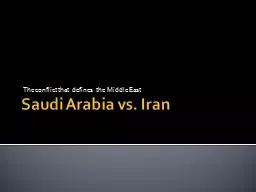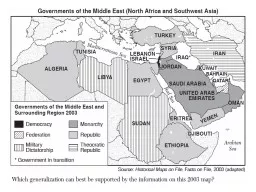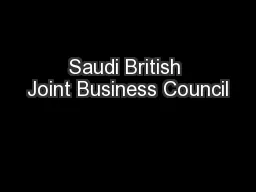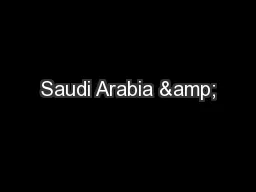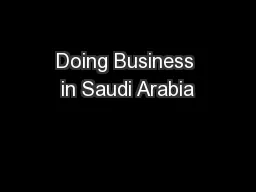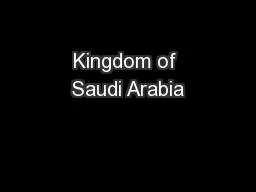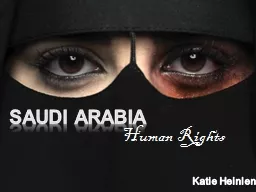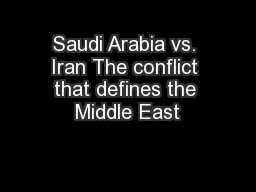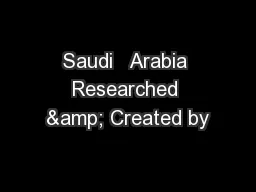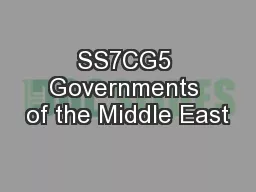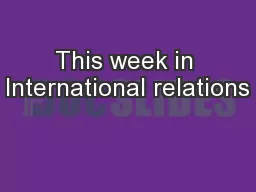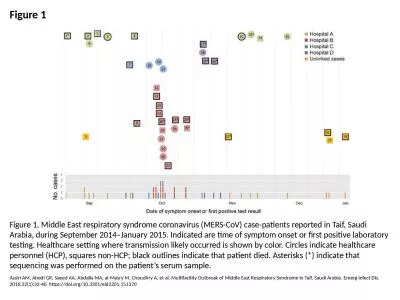PPT-Saudi Arabia vs. Iran The conflict that defines the Middle East
Author : mitsue-stanley | Published Date : 2018-10-25
The Middle East Comparisons Sunni vs Shia Iran Physical Background Iran 1935 Persia becomes Iran 1941 Reformist Reza Shah abdicates in favour of son Forced to
Presentation Embed Code
Download Presentation
Download Presentation The PPT/PDF document "Saudi Arabia vs. Iran The conflict that ..." is the property of its rightful owner. Permission is granted to download and print the materials on this website for personal, non-commercial use only, and to display it on your personal computer provided you do not modify the materials and that you retain all copyright notices contained in the materials. By downloading content from our website, you accept the terms of this agreement.
Saudi Arabia vs. Iran The conflict that defines the Middle East: Transcript
Download Rules Of Document
"Saudi Arabia vs. Iran The conflict that defines the Middle East"The content belongs to its owner. You may download and print it for personal use, without modification, and keep all copyright notices. By downloading, you agree to these terms.
Related Documents

